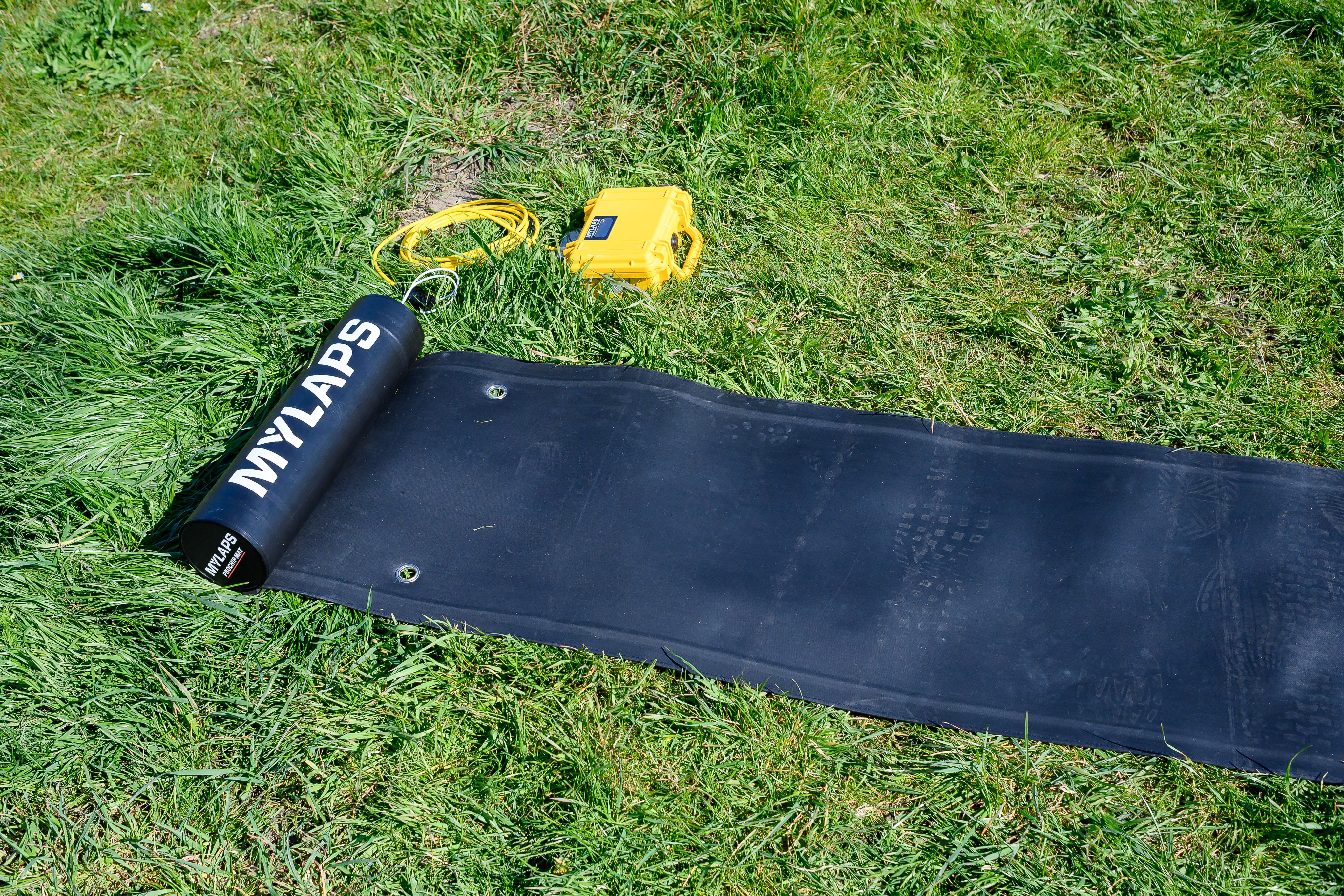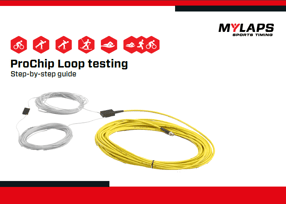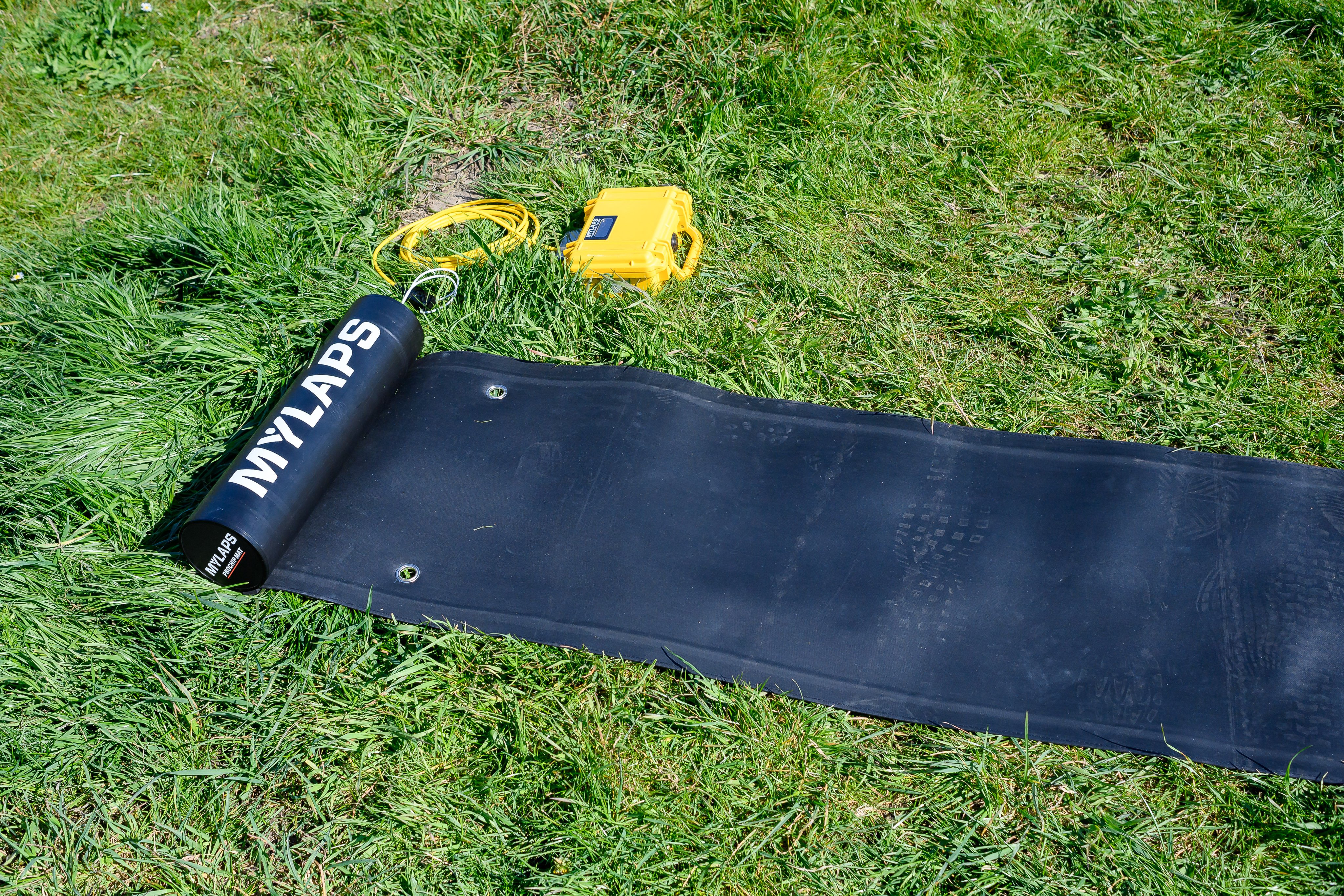7 Tips to maintain your ProChip equipment
Looking for information on equipment? Whether it’s low or mid- season, equipment gets put on the shelves, athletes are training for the next season and you have some time to reflect on your past races. However, it’s good to realize that when low season is over, you can’t just jump right back in. Preparation is half the work, so it’s essential to check your equipment before you put it on the shelve and dust it of when spring starts again. To help you out a bit, we give you 7 tips that are essential for equipment maintenance.

1. Test your loop on breaks
Let’s start at the veins of your system, the transponder loop. To prevent inconveniences, it’s important to test it regularly. The off-season is a perfect moment to do so, but we recommend mid-season testing too. This test can be executed using a multimeter. At the connection box ends, your multimeter should read about 1 Ohm. At the coax ends, the measurements should read about approx. 150 k0hm. A different value indicates a bad loop.
Find the step by step guide here.

2. Do the COAX cable check
Essential part of your setup besides your loop are your COAX cables. These play a crucial role in your passings. The last thing you want are broken cables resulting in unreadable passings.
Cable break can occur through wear of the equipment. Heavy objects on the cable or storing the cables in a wrong way may also result in cable breakage. Lucky it’s easy to detect and solve by following the step-by step guide below. This process can be applied to both regular cable and angled cables. Keep in mind if you replace an angled cable connector with a regular, the lid of the decoder might not be able to close.
Find the step by step guide here.
3. Test your detection rate
Testing the performance of your detection loops should be done by 2 persons ( If you’re handy you can do it alone but we do not recommend this) Besides testing the performance of your loop, the detection rate test is also a way of tracking down possible loop breakage. There are two methods to execute this test:
- Height test: This method is used to determine the minimum height a chip gets detected by the system's antenna. A significant difference in height detection throughout the timeline may indicate an issue.
- Distance test: This method is used to determine the minimum distance a chip gets detected by the system's antenna. A significant difference in the distance throughout the timeline may indicate an issue.
A simple step-by-step guide on how to perform this test correctly can be found here.
-1.png?width=447&height=250&name=My%20project%20(3)-1.png)
4. Keep your batteries healthy
When storing equipment, batteries will (eventually) slowly go empty. It’s always better for battery conditions if regular charging cycles are being performed. Rule of thumb: Charge your battery every 3 months to maintain a healthy battery. Storing your decoder for a shorter time period? Then don’t charge before putting your decoder away. After the storage period, perform a full discharge/ charge cycle before the next use.
Battery capacity test
To convince yourself how long the battery in the device will last at an event, have the decoder fully charged. When fully charged set up the device as if it is at an event and measure the time from the switch on until the device‘s battery is empty. A device with a good battery will run for at least x hours on a fully charged battery.
Is your battery performing less than you’re used to? Contact our support team, to see if a replacement is necessary. The average charging cycle of the batteries is 800 times. It’s hard to tell when replacement is necessary but when your batteries are seriously underperforming, contact support.
5. Update your firmware
Got your hardware checks sorted? Don't forget about the firmware! Updating the firmware of a decoder has never been easier than with the ProChip Smart Decoder. Simply connect to the internet and access the status menu on the decoder. By selecting ‘Firmware version’, your decoder will tell you if an update is necessary. The update can then simply be executed.
The latest firmware version can be found on the portal.
.png?width=268&height=289&name=Decoder%20schuin%20open%20(1).png)
6. Take your time- but don’t wait too long
Don’t forget to order your ProChip Timer (Go) (renewals) well in time before the new season. This is the easiest way to avoid rushing stress. Besides ordering your chips (subscriptions) on time, keep in mind that some tests we’ve discussed in this blog take up their time too. In the event of having issues with your equipment after testing, please realize that our support team also needs enough time to help you solve your issues - so execute the tests around 4-6 weeks before the start of the season.
7. Store correctly
Are all checks sorted? Now it’s time to talk storage. The best for all equipment is to store it at room temperature in a dry environment. Environments with changing climate conditions (temperature, moist) aren’t ideal. ProChip mats and Easymats need to be rolled out flat while stored.
That's it! Do you want to learn more about your equipment, or are you looking for more information?
Visit help.mylaps.com for more instructions, guides, and videos.
Specific questions? Contact your account manager or support, they are happy to help you.

